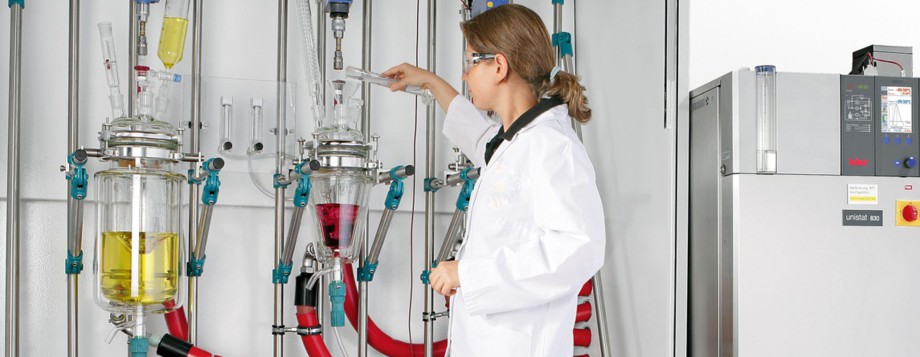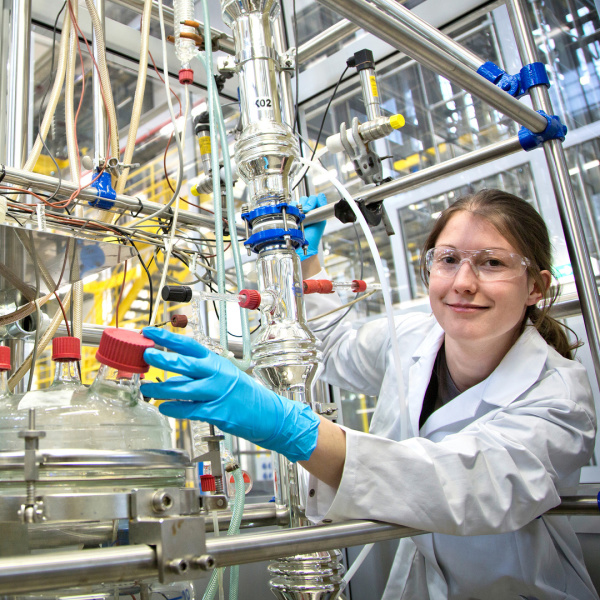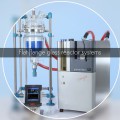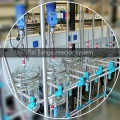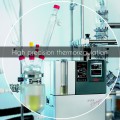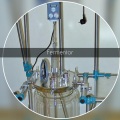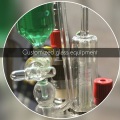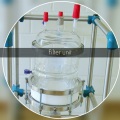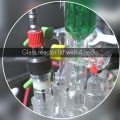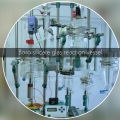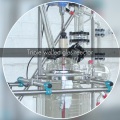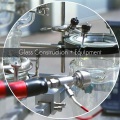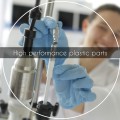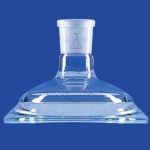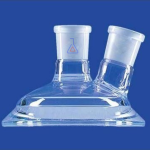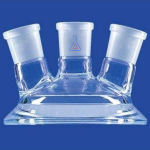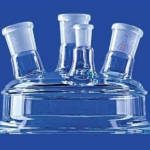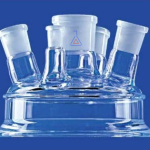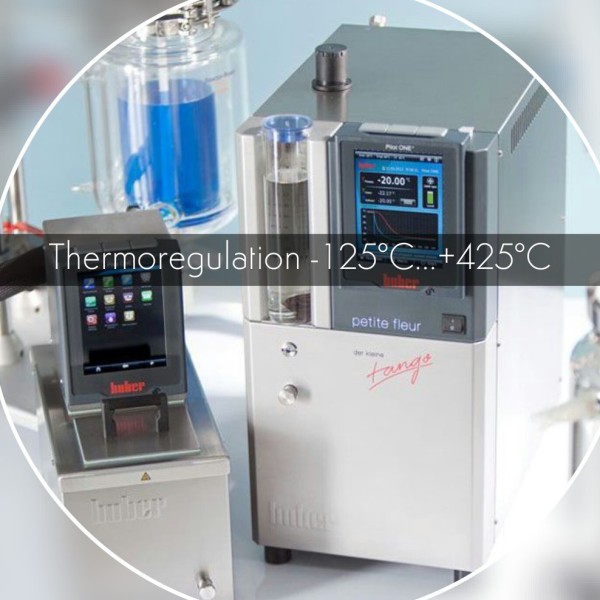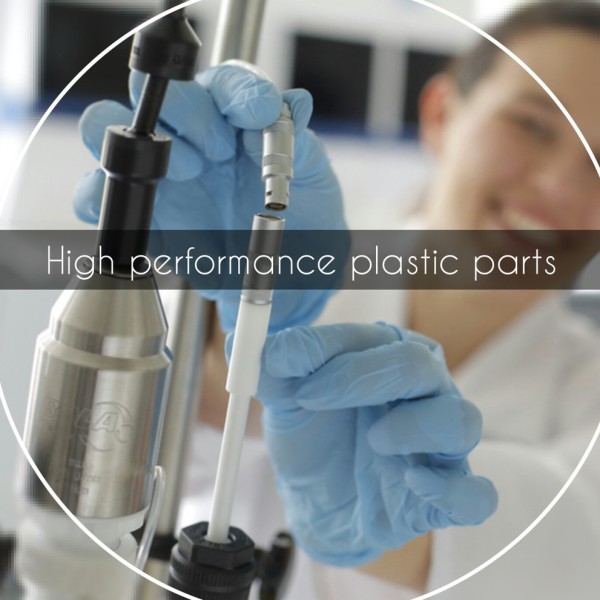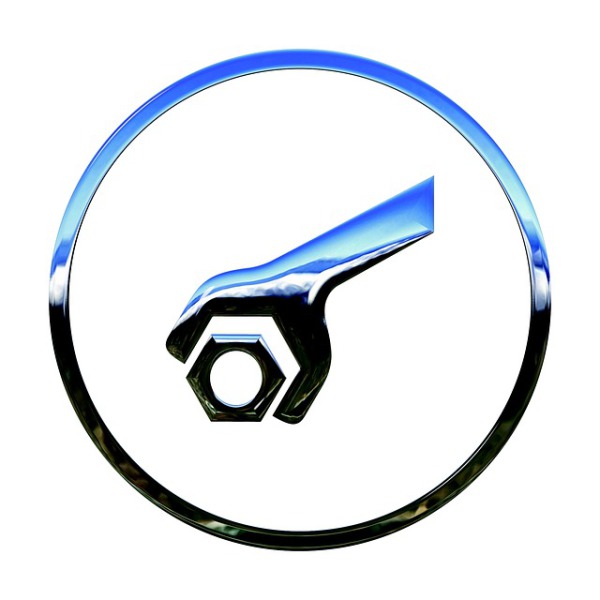PRP - Pilot Reactor Plant & Why you need a Pilot Plant for R&D
Most processes are scale dependent. Scaling up from the laboratory experiments to a full scale production plant can be a nightmarish experience for those involved.
Many times a large scale production plant has been built based on data generated at the laboratory only to find that the kinetics are now different, the product purity is way off, and reaction times
are unacceptable.
But this is just the best case scenario. In the worst case scenario, you have uncontrolled heat build-up in your plant leading to runaway reactions and explosions.
Most of the time this is not a human error on the R&D side or the engineers, rather it is the process itself.
- When the scale is larger, the process is different. And forecasting these problems are usually too complex.
- This is where a Pilot plant can be of immense use.
The Lab-scale experiment can then be studied in a representative model of the large-scale production plant. In addition to the more detailed data that can be used in scaling up to production scale
the Pilot plant performs several other functions:
- Comparing the difference between commercial grade raw material and catalyst against the laboratory grade counterparts.
- Producing small quantities of products for use as raw material for subsequent process or for market testing.
- If your process consists of several steps of reaction before final product, the Pilot plant is useful to produce quantities of the intermediate required to study the next reaction process.
- The Pilot plant is an ideal way of testing your product out in the market
- Quality of By-products and Waste generated can be studied fully
The quality of the by-products can be analyzed and their sell-ability assessed. The waste generated from the process can also be studied to determine if any waste
treatment is necessary. This helps to get a better idea of the economics of the process.
- Generate a more detailed mass balance and obtain better estimates of yield.
- To produce small scale quantities of specialty chemicals that have smaller, more niche market segments
Another excellent use of the Pilot plant is to produce small scale specialty chemicals that serve smaller, more niche markets. For example, in the Surfactants
industry there are certain specialty chemicals that only highly niche formulators use. Large scale dedicated plant facilities for producing these chemicals are not practical. A multi-purpose Pilot
plant will serve these segments perfectly well.
Overall, a Pilot plant can help you to facilitate your lab scale research to a full scale production plant faster and with less risk. A Pilot plant helps to put the
economics in focus and help to develop a feasible process for a production scale plant. In addition, most Pilot plants are multi-purpose; this helps to carry out several types of reactions in them
and study the marketability of various products.
The perfect configuration
If you are in need of an all-in-one complete temperature conditioned flat flange glass glass reactor system, LABEDA is the right partner to speak to.
Our Glass Reactor Systems are designed for process development labs, kilo labs and pilot plants. The robust design ensures a reliable
performance over a wide range of vessel sizes and applications. Typical Applications for the use of our Reactor Systems:
- Chemical reactions, crystallizations, work-ups, distillations, bio reactions etc.
- Process optimization, process development or production
- Pharmaceutical, Petrochemistry, food, flavour and fragrance,
- Finechemical synthesis, Agrochemistry, paints and dyes etc.
As a ONE-STOP laboratory distributor and service partner of many brands, we have all the resources to deliver components of the reactor
that your application requires.
But how to make a purchase choice? Simple,
follow our shortlist to design the ideal reactor solution for your laboratory applications.
The 3 key components to adapt the system
to your individual process conditions
As a first step in up-scale research and production or down-scaling, a glass reactor system could be a very suitable solution. It is
transparent for optimum visual monitoring, it is easy to use, flexible and budget-friendly. LABEDA’s extended range of vessel sizes, condensers, adapters, etc. and
the capability of customization will certainly provide you of all the necessary components for you application.
1. The reaction vessel and lid
1) Volume: The volume when scaling up or down is crucial for the application. LABEDA offers sizes going from 100 mL up to 100L as standard.
2) Temperature range: When temperature control is required, a double jacketed vessel is the best solution.
Otherwise a non-jacketed vessel is sufficient and more budget-friendly.
3) Pressure range: When a vacuum is required, the right seals will be provided down to -1 bar.
4) Material compatibility: When working with aggressive of corrosive products, the seals and O-rings can be adapted with
PTFE, PEEK, FFKM, FFPM.*
5) Your process: Are we talking about crystallization, synthesis, distillation?
Let us know what your process is and we will provide additional condensers, adapted flasks, reflux equipment, etc.
6) Material addition: Do you wish to add a gas, liquid or solid during the process. If so, LABEDA will provide the correct components.
->Our flat flange lids have nominal widths of DN 100, DN
120, DN 150 & DN 200.
Beside the straight center sockets we are mounting in the standard configuration the side sockets at an angle of 10 ° to the reactor lid.
Of course we manufacture according to your requirements, concerning the number of necks as well as different NS joint sizes and angles.
Due the flexibility of our tailor made design, which is perfectly matched to the requirements of the application and its process,
we are able to achieve a maximum of efficiency and performance of our reactor systems.
2. The thermostatic circulator
When temperature is an utterly important parameter in your process, a Huber dynamic
thermo-circulator will aid you to achieve the optimum temperature
conditions in your vessel. If you selected a jacketed reactor vessel, the choice of the correct circulator is the next step.
1) Temperature range: What are the temperature requirements? Do you need one constant temperature or do you need to heat
up and cool down. Provide us with all the temperature requirements and we’ll calculate which unit you need.
2) Temperature control: When very precise temperature control is
required, we’ll offer an extra probe to control the unit based on the internal temperature in your process.
3) Easy decoupling: If the circulator needs to be detached often, a bypass or manifold system is a very helpful
solution.
HUBER is the technology leader for high precision thermoregulation solutions in research and industry. The products ensure precise temperature control in laboratories,
pilot plants and production processes throughout the whole world – from -125 °C to +425 °C.
3. The stirring solution
The stirring is the final step. A correct selection has to be made for the stirrer motor, impeller or propeller, coupling and
shaft.
LABEDA offers an extended product range of stirring solutions.
1) Product viscosity: Is the viscosity high or low? This is the number one parameter for the selection of the motor and
impeller size and shape.
2) Speed: The rotation speed in a glass reactor is normally not higher than 400 RPM. What is required for the
application? Stirrer motors with adaptive RPM are also available for processes with viscosity changes.
3) Aggressive or dangerous products: When working with dangerous products in the reactor, a different stirrer material
could be selected. ATEX versions of the stirrer-drive are also available if explosion is a possible risk.
4) Remote control: When operation form outside the fume hood is required, all operations could be done from outside using
a remote control.
*Perfluoro rubber (FFKM or FFPM) or perfluoroelastomer is a fully fluorinated elastomer. Chemically, it is very similar to
polytetrafluoroethylene (PTFE). It is used especially where very good thermal and/or chemical resistance is required. FFKM can be used between -20 ° C and +275 ° C. Special compounds (mixtures) can
be used under certain conditions up to + 325 ° C or up to -30 ° C.
BOLA stands for well-proven, sophisticated and nearly indestructible labware made of high-performance plastics - Fluoropolymers.
- PTFE - Polytetrafluoroethylene
- PFA - Perfluoroalkoxy polymers
- FEP - Fluorinated ethylene propylene
With the brand BOLA, we have a absolute reliable supplier for accessories and high performance products made of fluoroplastics such as: stirrer shafts,
magnetic stirring bars and tubes.
About DURAN® glass
Very high chemical resistance, nearly inert behavior, a high usage temperature,
minimal thermal expansion and the resultant high resistance to thermal shock
are the most significant properties of DURAN® glass.
This optimal physical and chemical performance makes DURAN® the ideal material
for use in the laboratory and for the manufacture of chemical apparatuses used in large
scale industrial plants...

